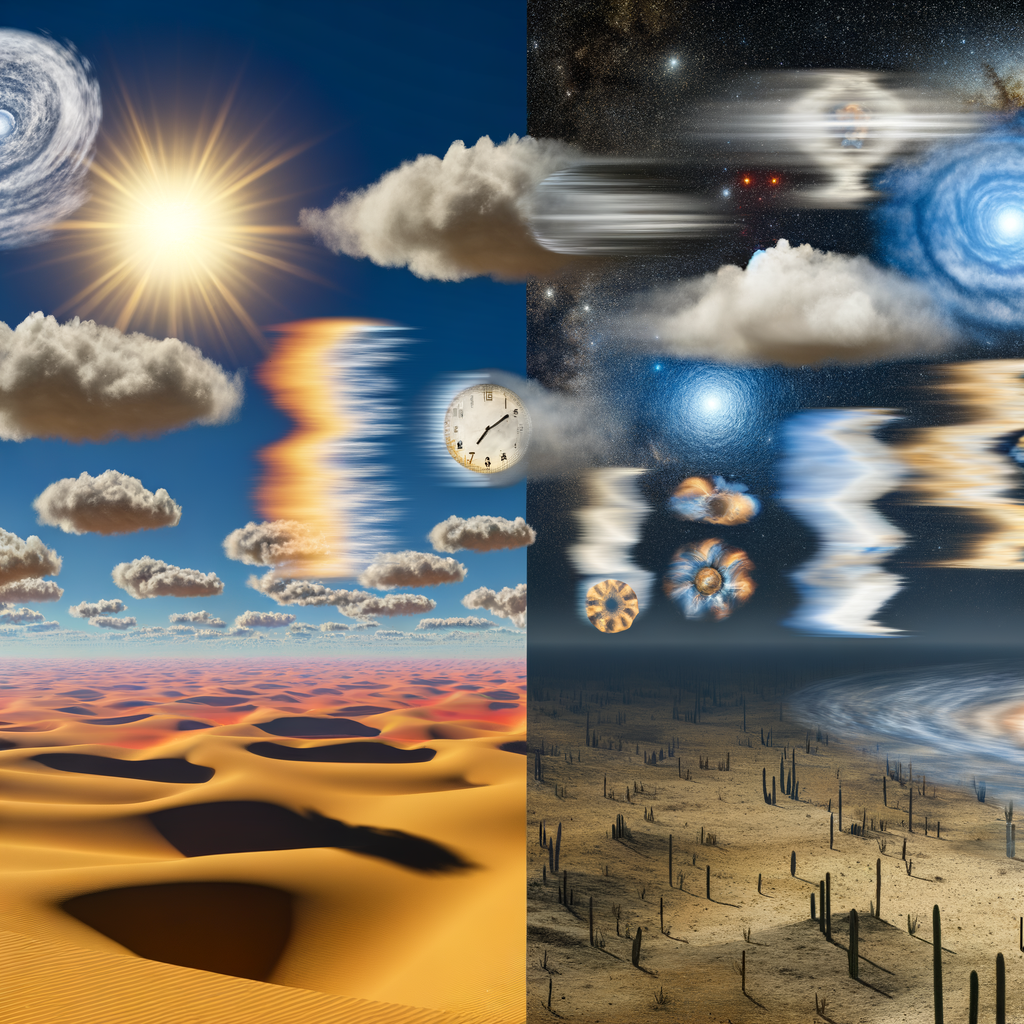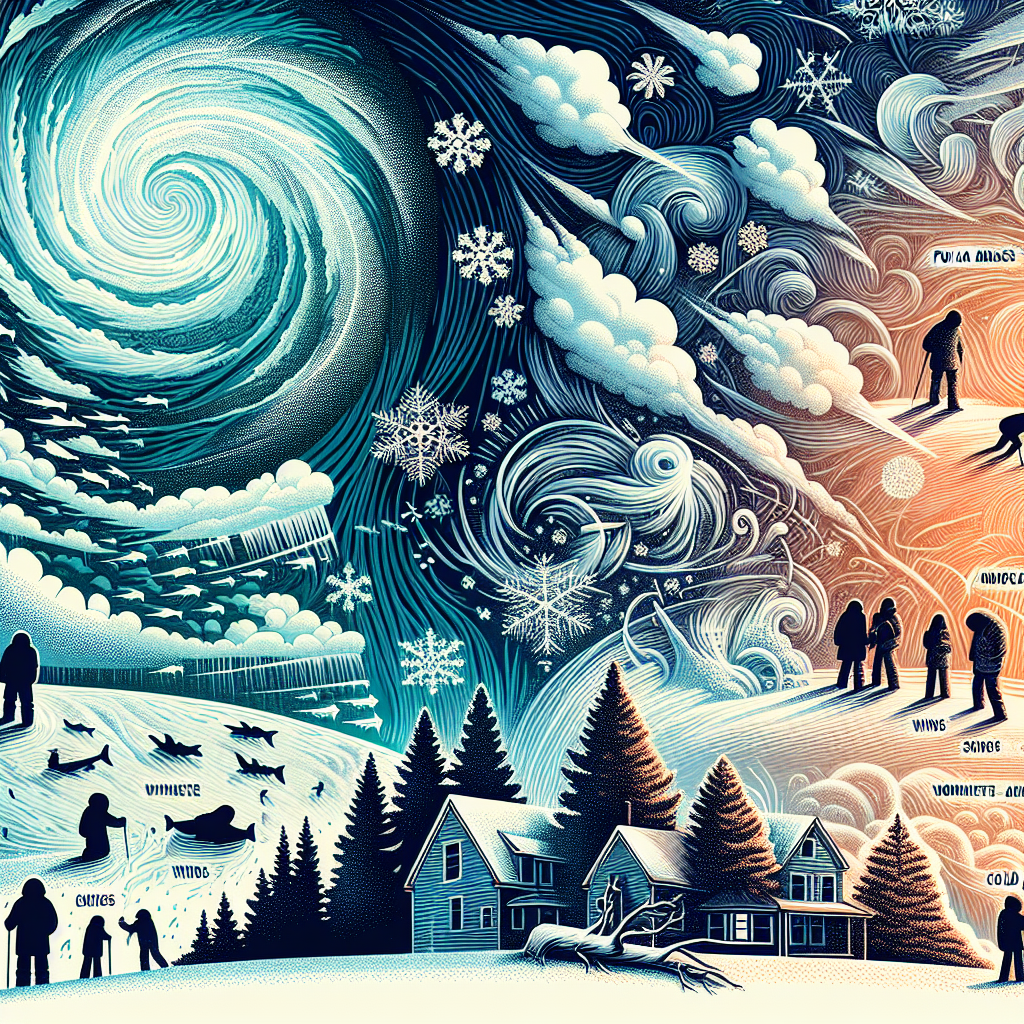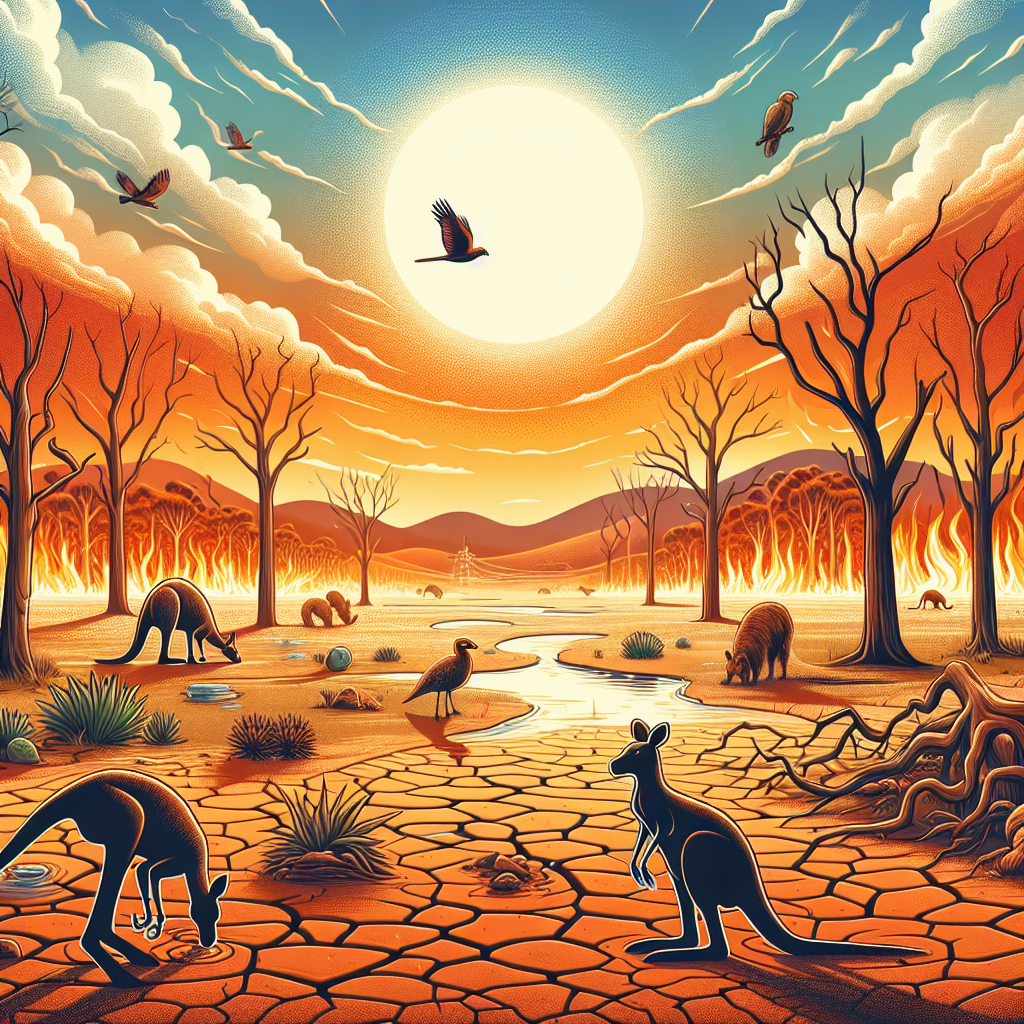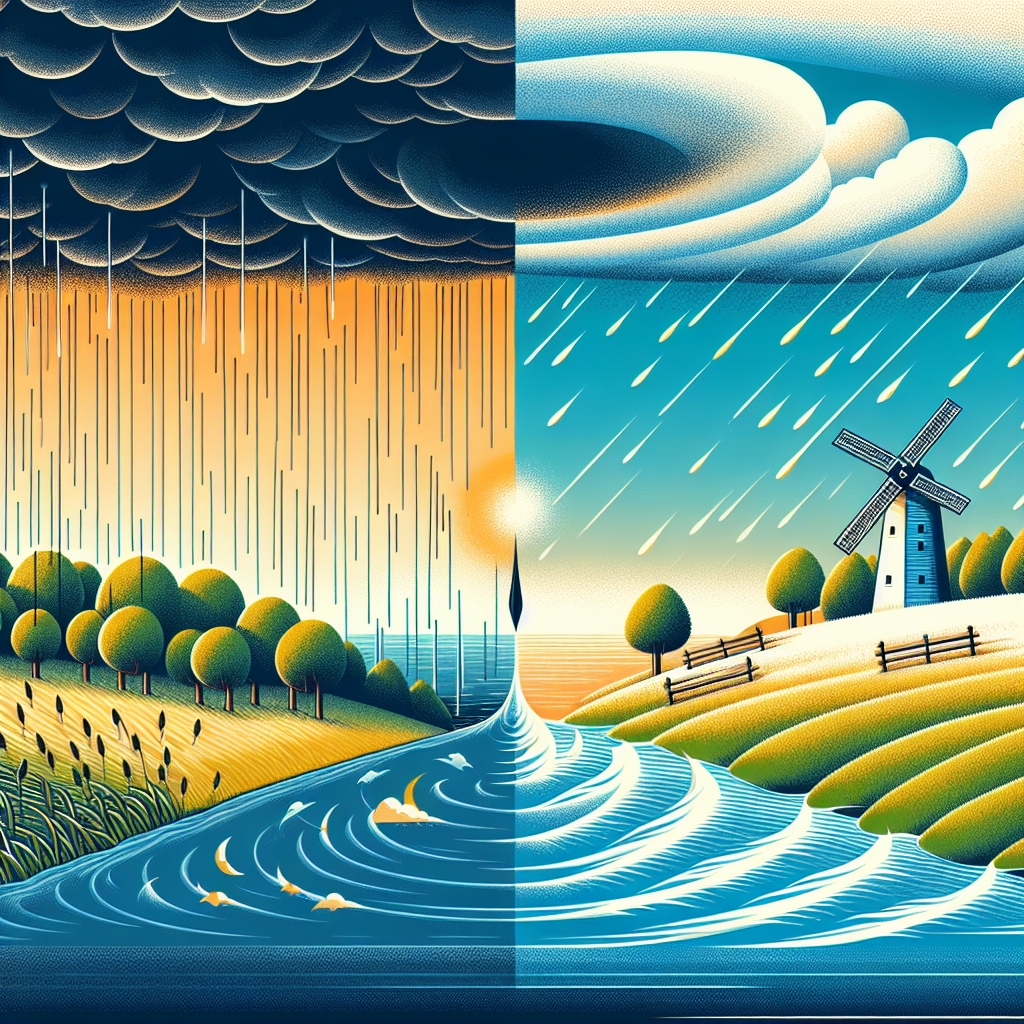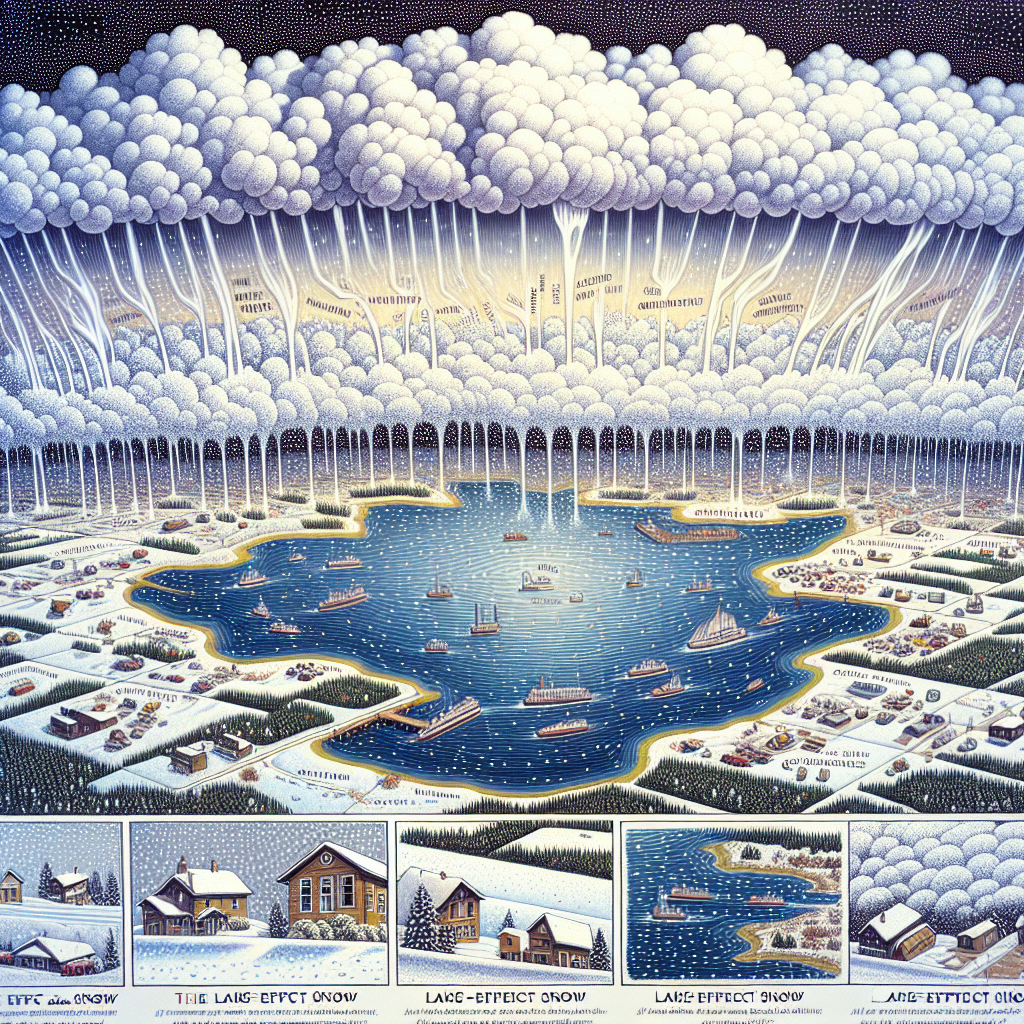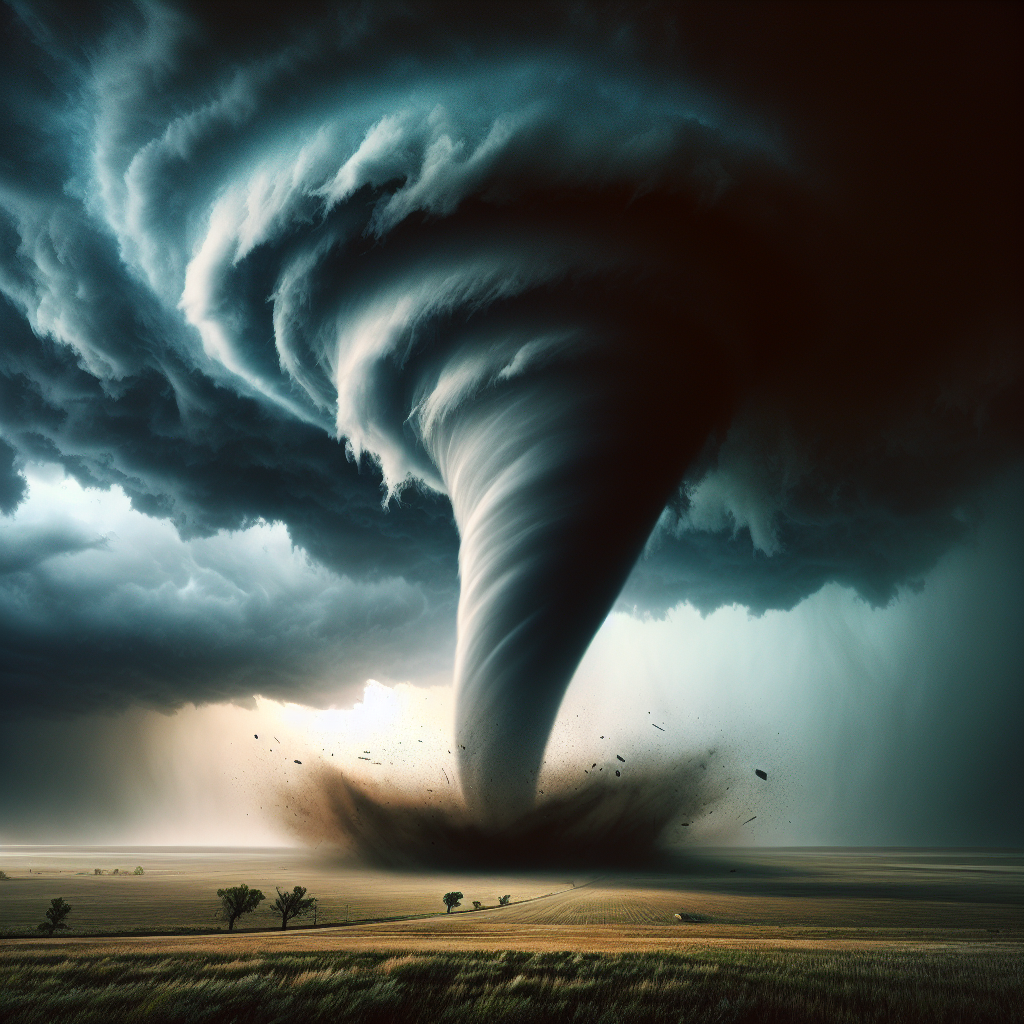Understanding the Role of Wind in Weather Systems
The Fundamentals of Wind
Wind is defined as the movement of air caused by the uneven heating of the Earth’s surface by the sun. Warm air, which is less dense, rises, while cooler, denser air sinks. This constant cycle of rising and sinking air creates pressure differences, subsequently causing air to flow from areas of high pressure to areas of low pressure. The direction and intensity of wind are crucial for understanding weather patterns and systems.
The Global Wind Patterns
Global winds are classified into three main cells: the Hadley cell, the Ferrel cell, and the Polar cell. These cells are driven by the Coriolis effect, which alters wind direction due to Earth’s rotation.
Hadley Cell: Located between the equator and approximately 30 degrees latitude, the Hadley cell is characterized by warm rising air that creates tropical weather patterns. This cell contributes to the trade winds, which blow from east to west near the equator.
Ferrel Cell: Situated between 30 and 60 degrees latitude, the Ferrel cell operates in a more complex manner. Here, warm air from the subtropics moves toward the poles, while cold air from the poles moves toward the equator. This cell generates the prevailing westerlies.
Polar Cell: In the polar regions, from 60 degrees latitude to the poles, cold air sinks and creates high-pressure areas, forming polar easterlies that influence arctic climates.
Wind and Weather Fronts
Weather fronts are boundaries between air masses of different temperatures and humidity. Winds play a significant role in the formation and behavior of these fronts.
Cold Fronts: These occur when a cold air mass pushes into a warm air mass. The denser cold air forces the lighter warm air upward, resulting in the development of thunderstorms and heavy precipitation. The wind shifts dramatically during a cold front, often leading to a noticeable drop in temperature.
Warm Fronts: Warm fronts occur when warm, moist air advances over a cold air mass. As the warm air rises gradually, it cools and condenses, leading to overcast skies and prolonged rain. Winds ahead of a warm front typically come from the southeast, shifting to the southwest as the front passes.
Stationary Fronts: In stationary fronts, neither air mass is strong enough to replace the other, leading to variable weather. Winds can flow parallel to the front, creating prolonged periods of similar weather and cloud patterns.
Occluded Fronts: An occluded front occurs when a cold front overtakes a warm front. The warmer air is pushed aloft, leading to complex weather patterns. Winds in occluded fronts can vary greatly, often causing mixed precipitation and storms.
The Impact of Wind on Storm Systems
Wind is a critical component in the development and intensity of storm systems, including tropical storms, hurricanes, and extratropical cyclones.
Tropical Cyclones: Warm ocean waters fuel hurricanes, and wind patterns help to organize and sustain these massive storm systems. The Coriolis effect induces rotation, allowing the storm to consolidate into a cyclonic shape. Wind shear, a change in wind speed and direction with altitude, can either strengthen or weaken these storms.
Extraterrestrial Cyclones: Extratropical cyclones, common in temperate zones, derive their strength from the temperature gradient between cold and warm air masses. Wind patterns in these cyclones can lead to heavy rainfalls, strong winds, and sometimes severe weather events, including tornadoes.
The Role of Wind in Local Weather Phenomena
Wind also influences local weather phenomena, including sea breezes, land breezes, and mountain-valley breezes.
Sea Breezes: During the day, land heats up faster than water, causing warm air to rise over the land. Cooler air from over the sea flows in to replace it, leading to a sea breeze. This phenomenon often brings a drop in temperature and increased humidity along coastal regions.
Land Breezes: At night, the process reverses as the land cools more quickly than the ocean. The cooler, denser air over the land flows toward the water, creating a land breeze that can influence nighttime temperatures and local weather conditions.
Mountain-Valley Breezes: In mountainous regions, daytime heating of the valley leads to rising warm air, creating a valley breeze. At night, the cooler, denser air sinks down the mountain slopes to fill the valley, resulting in a mountain breeze.
Wind Hazard Risks
While wind can facilitate diverse weather systems, it can also pose numerous hazards. Strong winds can cause property damage, uproot trees, and lead to dangerous driving conditions. Additionally, in cases of severe storms and hurricanes, wind can lead to catastrophic destruction. Wind gusts can exceed 150 mph in intense tropical cyclones, which can become a critical factor in preparation and safety measures.
The Relationship Between Wind and Climate Change
Climate change is expected to impact wind patterns significantly. As global temperatures rise, the distribution and intensity of wind can change, potentially leading to altered weather patterns across the globe. Changes in atmospheric pressure systems could affect precipitation patterns, frequency of extreme weather events, and the distribution of species.
Conclusion
Wind plays an indispensable role in the Earth’s weather systems, from driving local weather phenomena to influencing large-scale patterns that dictate climate. Its interactions with temperature, air pressure, and humidity create the complex dynamics that define our weather. Recognizing the importance of wind can aid in better understanding and predicting weather conditions, ultimately leading to improved preparedness and response strategies in the face of natural hazards and climate change. Understanding this key component is essential for meteorologists, climatologists, and anyone interested in the intricate workings of our atmosphere.


